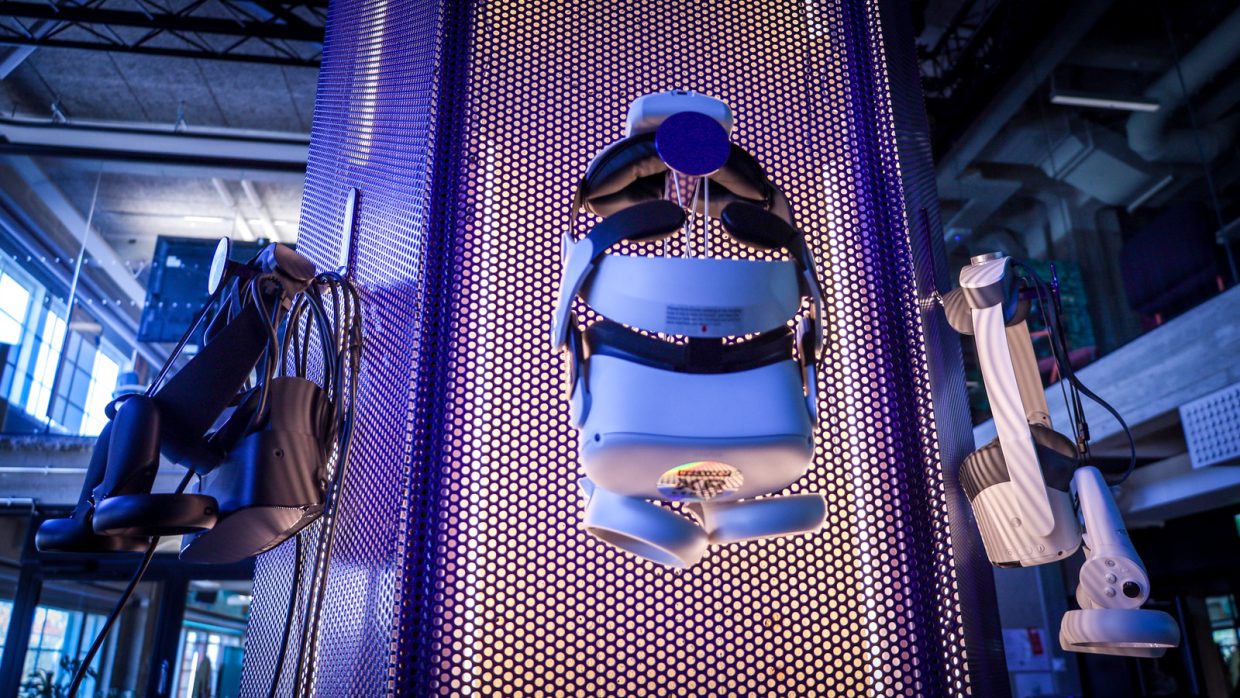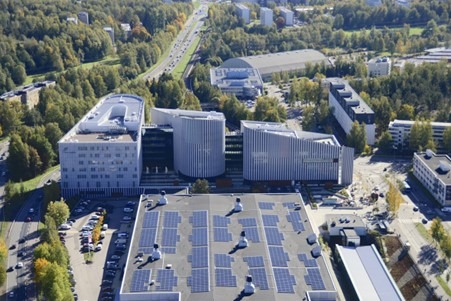Studying in a Master’s program is more than just an academic endeavor; it’s a gateway to a world of inspiring opportunities and experiences. This past May, a dynamic group of Metropolia’s students studying in the Master in Business Administration programme, …







